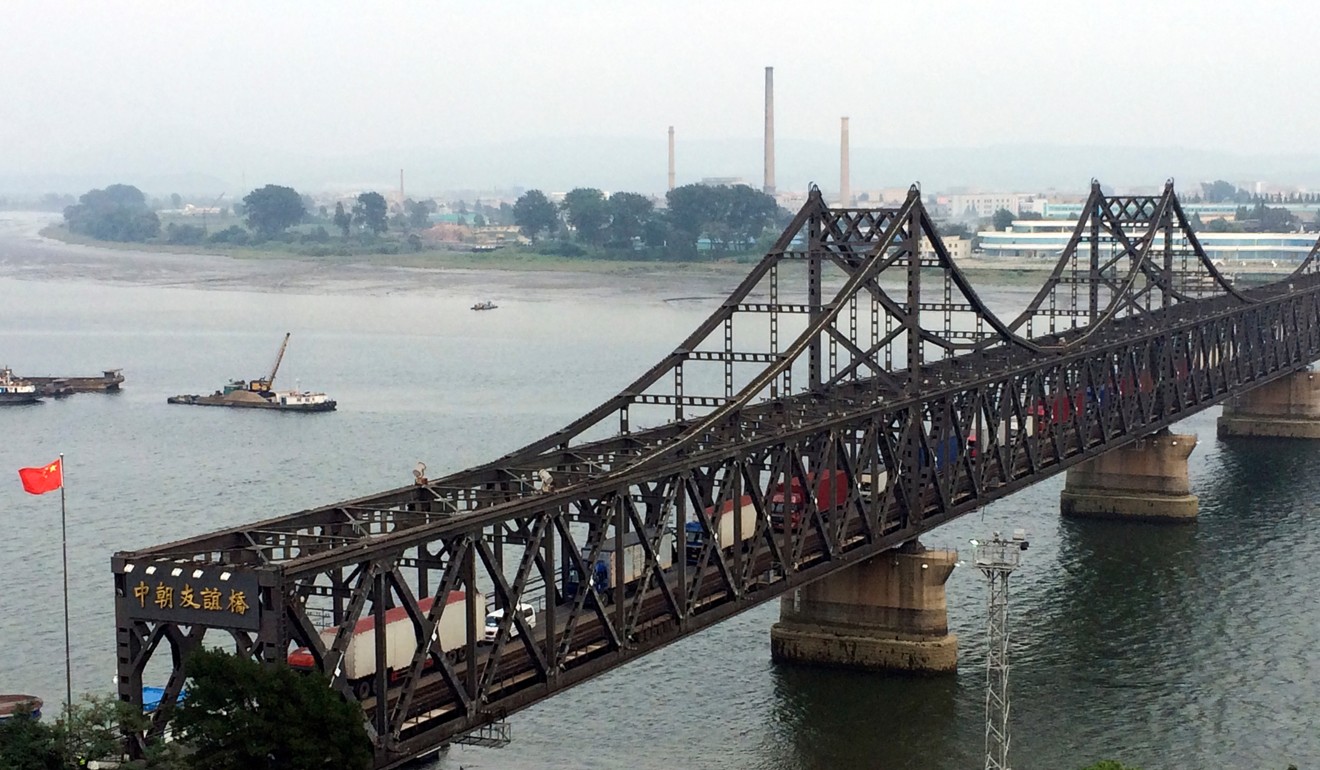
China’s rust-belt region has a new hope for revival: North Korea
Kim Jong-un’s decision to shift priority to economic development could bring prosperity to the whole region, including China’s vast northeastern region
China’s rust-belt region, which has been plagued by an inefficient state economy and exodus of talent, is now pinning its hopes on a new factor to help its revival: North Korea.
The Chinese province of Liaoning, which shares a long border with North Korea, is in particular looking to woo foreign and private investment as geopolitical tensions ease on the Korean peninsula.

While North Korea is not on the official agenda of the conference, hosted by Euromoney and the Shenyang government, and there is no sign of delegates from Pyongyang, North Korea is one of the optimistic talking points among the attendees.
“If North Korea really opens its doors, the border regions will receive a big economic boost,” Li Kai, deputy dean of the China Academy of Northeast Revitalisation, a think tank at the Northeastern University in Shenyang, said on the sidelines of the conference.
If trade with North Korea could prosper, the border area in Liaoning may join China’s coastal areas to form “an all-round open economy”, Li said.
That remains a remote possibility while sanctions still apply to North Korea.
However, hopes are high from Beijing to Shenyang, and to the border town of Dandong, that Kim will shift priority to economic development, bringing prosperity to the whole region.
Xi told Kim during his visit that China was very pleased to see “the significant decision by Pyongyang to shift priority to economic development” and China will support North Korea’s efforts to develop its economy.

Li noted that rising home prices on the Yalu River are an early sign of restored investor confidence.
John McLean, a former board member of the China British Business Council, said a peaceful North Korea would be “an opportunity that is positive for China, Liaoning and Shenyang”, as it offered chances for trade and investment to flourish.
China’s vast northeastern region, which covers Liaoning, Jilin and Heilongjiang provinces, is home to about 120 million people and is about the size of France and Britain combined.
However, the region has become the sick man of the Chinese economy. Liaoning, for instance, registered a rare 2.5 per cent contraction of its gross domestic product in 2016. Its growth recovered to 4.2 per cent last year but was still much lower than the national level of 6.9 per cent.
The province is offering a slew of tax breaks and other incentives to lure foreign investment. Government subsidies are promised for projects in high-end equipment manufacturing or those funded by Fortune 500 companies.

Wang Jingming, deputy head of Liaoning’s commerce department, said the offerings matched those enjoyed in the Shanghai free-trade zone. If a multinational company invested in Liaoning, it may receive an “award” from the local authorities of up to 2 per cent of the investment.
Shenyang vice-mayor Peng Zhaowen, a former executive at China Development Bank, the country’s largest policy bank, said the city would roll out the red carpet for foreign investors if they wanted to have a stake in local banks to help the city become a financial hub in the northeast Asia region – it is now a key geopolitical spot with the United States, Russia, South Korea, Japan and North Korea all having consulates there.
“Shenyang will encourage foreign strategic investment into local banks,” he said.
The easing of the situation in the Korean peninsula is expected to bring more South Korean and Japanese investment, according to participants at the investment promotion conference.
Liu Zhiping, vice-president of South Korean conglomerate SK Group’s China division, said the region could have more transport links for closer economic ties with North Korea. For instance, Liu said China had built a new bridge crossing the Yalu River in Dandong, but there was no road to connect the bridge from the North Korea side – and this should change.
“It will inject vigour into the northeast Asian economy,” he said.

